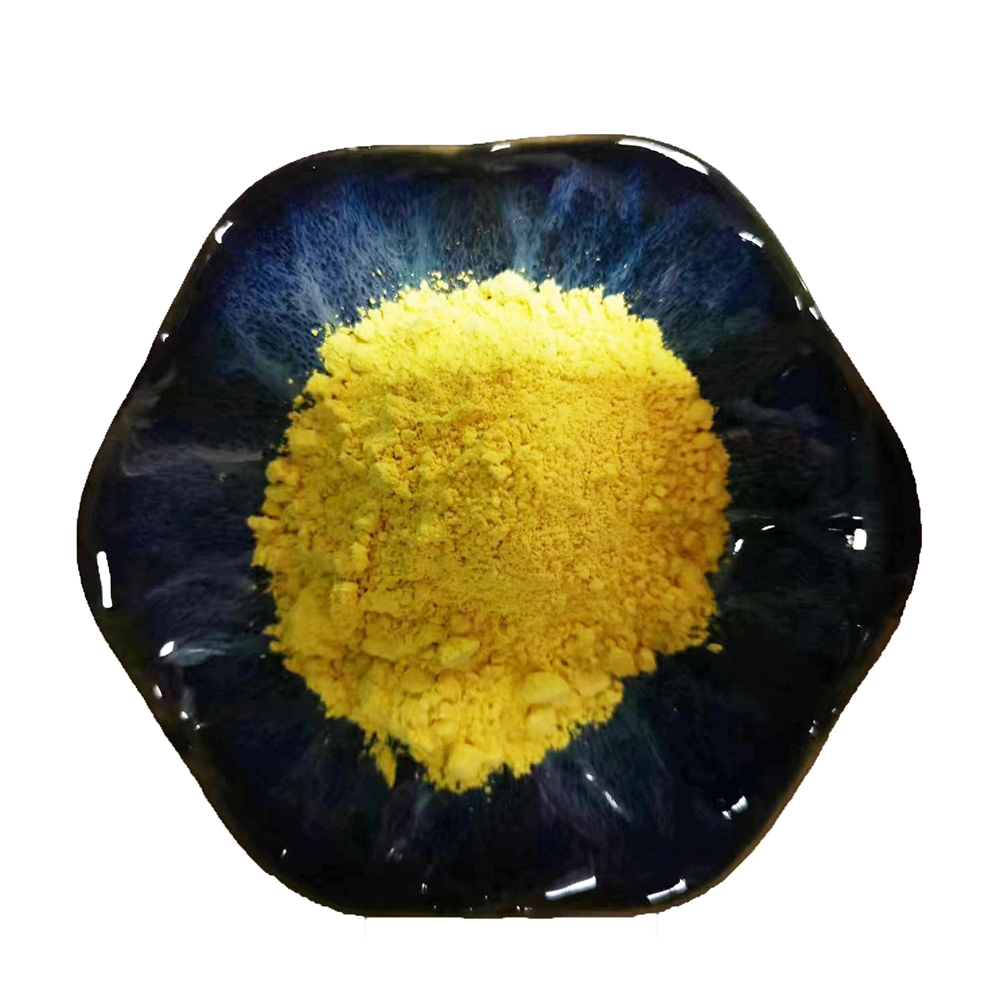+86-15212299029
- All
- Product Name
- Product Keyword
- Product Model
- Product Summary
- Product Description
- Multi Field Search
Views: 220 Author: tcchems Publish Time: 2025-10-30 Origin: Site











Content Menu
● Understanding Tranexamic Acid
>> Benefits of Tranexamic Acid
● Can Tranexamic Acid and Retinol Be Used Together?
>> Compatibility of Ingredients
● How to Incorporate Tranexamic Acid and Retinol into Your Routine
>> Start Slowly
● Additional Tips for Using Tranexamic Acid and Retinol
>> Monitor Your Skin's Response
In the world of skincare, the combination of active ingredients can significantly enhance the effectiveness of a regimen. However, it can also lead to irritation or adverse reactions if not done correctly. One common question that arises among skincare enthusiasts is whether tranexamic acid can be used in conjunction with retinol. This article will explore the properties of both ingredients, their benefits, potential interactions, and how to incorporate them into your skincare routine effectively.

Tranexamic acid is a synthetic derivative of the amino acid lysine. It is primarily known for its ability to reduce excessive bleeding, but in recent years, it has gained popularity in the skincare industry for its skin-brightening properties. Tranexamic acid works by inhibiting the synthesis of melanin, the pigment responsible for skin color, making it an effective treatment for hyperpigmentation, melasma, and dark spots.
Tranexamic acid offers several benefits for the skin:
- Reduces Hyperpigmentation: It helps to lighten dark spots and even out skin tone.
- Anti-inflammatory Properties: It can soothe inflammation, making it suitable for sensitive skin types.
- Improves Skin Texture: Regular use can lead to smoother and more refined skin.
Retinol is a form of vitamin A that is widely recognized for its anti-aging properties. It is a potent ingredient that promotes cell turnover, stimulates collagen production, and helps to reduce the appearance of fine lines and wrinkles. Retinol is also effective in treating acne and improving overall skin texture.
The benefits of retinol are numerous:
- Reduces Fine Lines and Wrinkles: It helps to diminish the signs of aging by promoting collagen synthesis.
- Improves Skin Texture: Regular use can lead to smoother, more youthful-looking skin.
- Treats Acne: Retinol can help to unclog pores and reduce acne breakouts.
When considering whether to use tranexamic acid with retinol, it is essential to understand how these ingredients interact with the skin. Both tranexamic acid and retinol are effective in treating hyperpigmentation, but they work through different mechanisms. Tranexamic acid inhibits melanin production, while retinol promotes cell turnover. This complementary action can potentially enhance the overall effectiveness of a skincare routine.
Despite their compatibility, using tranexamic acid and retinol together may lead to irritation, especially for those with sensitive skin. Retinol can cause dryness, redness, and peeling, particularly when first introduced into a skincare regimen. Therefore, it is crucial to approach this combination with caution.
If you are new to either ingredient, it is advisable to start slowly. Begin by using tranexamic acid and retinol on alternate nights to allow your skin to adjust. This approach can help minimize the risk of irritation while still reaping the benefits of both ingredients.
When you feel comfortable using both ingredients, you can experiment with layering. Here are some tips for effective layering:
- Cleanse: Start with a gentle cleanser to remove impurities.
- Apply Tranexamic Acid: After cleansing, apply tranexamic acid. Allow it to absorb fully before moving on to the next step.
- Apply Retinol: Once the tranexamic acid has dried, apply your retinol product. Again, allow it to absorb fully.
- Moisturize: Finish with a hydrating moisturizer to lock in moisture and reduce the potential for irritation.
Your skin type plays a significant role in how well you can tolerate these ingredients. If you have sensitive or reactive skin, it may be best to use tranexamic acid and retinol separately or consult with a dermatologist before combining them.
Both tranexamic acid and retinol can increase your skin's sensitivity to the sun. Therefore, it is crucial to apply a broad-spectrum sunscreen during the day to protect your skin from UV damage.
Pay attention to how your skin reacts when introducing new products. If you experience excessive redness, peeling, or irritation, consider reducing the frequency of use or consulting a skincare professional.
Keeping your skin hydrated is essential when using active ingredients like tranexamic acid and retinol. Incorporate hydrating serums or moisturizers into your routine to maintain skin barrier function.
In conclusion, tranexamic acid and retinol can be used together in a skincare routine, but it is essential to approach this combination with care. By starting slowly, monitoring your skin's response, and following proper application techniques, you can enjoy the benefits of both ingredients without overwhelming your skin. Always remember to prioritize sun protection and hydration to maintain healthy, radiant skin.

1. Can I use tranexamic acid every day?
Yes, tranexamic acid can be used daily, but it is advisable to start with a few times a week and gradually increase frequency based on your skin's tolerance.
2. Is retinol safe for sensitive skin?
Retinol can be irritating for sensitive skin. It is best to start with a lower concentration and use it less frequently until your skin adjusts.
3. How long does it take to see results from tranexamic acid?
Results can vary, but many users notice improvements in hyperpigmentation within 4 to 12 weeks of consistent use.
4. Can I use tranexamic acid in the morning?
Yes, tranexamic acid can be used in the morning, but it is essential to follow up with sunscreen to protect your skin from UV exposure.
5. What should I do if I experience irritation?
If you experience irritation, reduce the frequency of use, apply a soothing moisturizer, and consider consulting a dermatologist for personalized advice.
Hot Tags: China, Global, OEM, private label, manufacturers, factory, suppliers, manufacturing company



